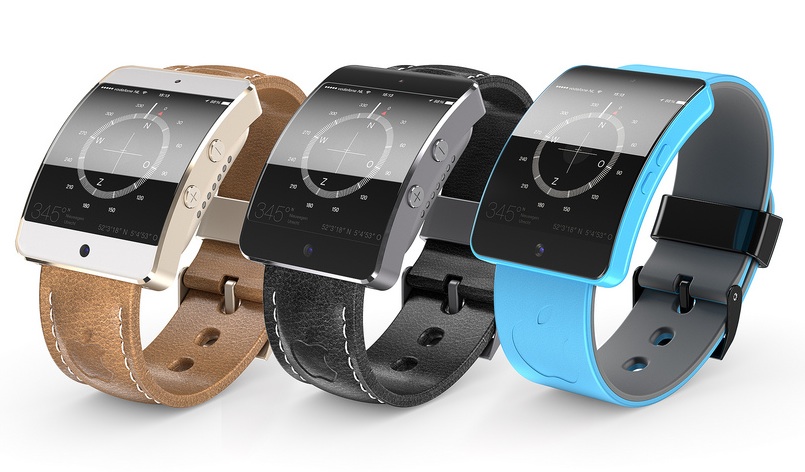Apple is said to have commissioned Taiwan-based touch panel maker TPK to build flexible AMOLED panels for a rumored iWatch wearable device. According to a report by The China Times, highlighted by DigiTimes, the iWatch will include a flexible AMOLED display and 3D protective glass, with ‘3D’ likely referring to a curved appearance of the cover glass.
Moreover, the Apple wearable device could use silver nanowire touchscreen technology developed by TPK. Interestingly enough, TPK recently signed a deal with Japan-based Nissha Printing to mass produce nanowire layers…
TPK is unlikely to start mass production until the second half of 2014, with Apple reportedly aiming to release the iWatch by the end of 2014.
As for the supposed nanowire screen tech:
TPK formed a strategic alliance with Japan-based Nissha Printing to develop silver nanowire technology and will begin production of silver nanowire touch panels with an initial monthly capacity of two million units in April 2014, company president Tom Sun said back at an October 31, 2013 investors conference.
Technology Review explains that this 3M-developed technology uses nanometers-thin layers in place of indium tin oxide (ITO) ones used in traditional flat touch panels. The key benefit of using silver nanowire layers is their transparency to the eye and adaptability to curved screens.
TPK has been in Apple’s supply chain for years now: the Taiwanese manufacturer supplied the original iPad’s touchscreen and about 80 percent of the panels for the iPhone 4s.
It’s worth noting that Apple did hire an OLED display expert from LG Display. Also, a report last September alleged that LG was close to striking a deal to supply iWatch screens, with Taiwan’s RiTDisplay acting as another possible supplier of screens for the purported wearable gadget.
It’s possible – and this is Apple’s modus operandi – that Tim Cook & Co. are relying on multiple iWatch screen suppliers. Taiwanese newspaper The Economic Times reported in May of 2013 that Apple had been sampling 1.5-inch iWatch screens.
OLED (Organic Light-Emitting Diode) and AMOLED (Active-Matrix Organic Light-Emitting Diode) screen technologies don’t require a backlight and in turn require less energy than the traditional liquid crystal display (LCD).
OLED/AMOLED screens are also thinner and lighter than LCDs and typically render deeper blacks and more vibrant colors. These feats make OLED/AMOLED screens a good fit for tiny wearable device where space and battery life are at a premium.
